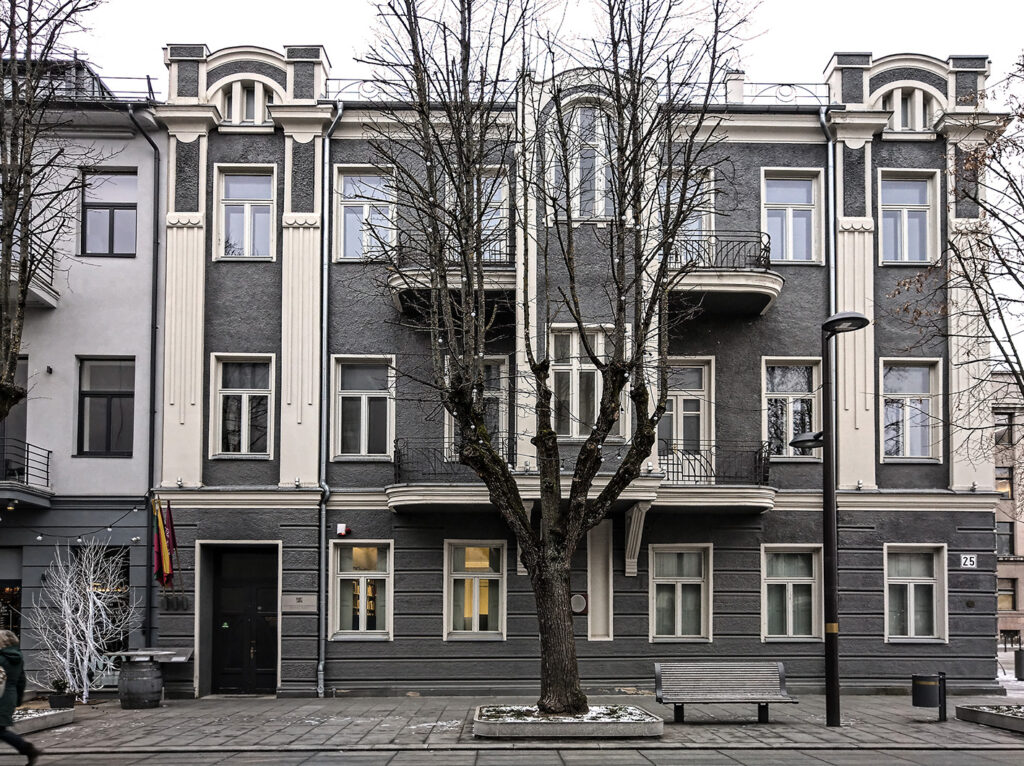The diplomatic support of Italy to the independence of Lithuania since 1919: an exhibition of historical documents in Kaunas.
WATCH OUR VIDEO
Italy and Lithuania: two countries far from each other, but closer than you think. The first one in Southern Europe overlooking the Mediterranean Sea, the other one in Northern Europe on the Baltic Sea, they have been in touch since the Grand Duchy of Lithuania when Bona Sforza married Sigismund I the Old, the Grand Duke of Lithuania in the 16th Century.
The Adamkus Library in Kaunas is housing an exhibition of historical documents showcasing the Italian institutions supported the newly independent state of Lithuania. The exhibit takes place in the same building that was the Ministry of Foreign Affairs of Lithuania in the inter-war period.

The documents, coming from the archives of the Italian Ministry of Foreign Affairs, are an important testament to the long-standing relationship between Lithuania and Italy. At the end of the First World War, the restored Republic of Lithuania wasn’t internationally recognized except for Italy (and few others).
Italy’s support was pivotal for the new country, which after declaring independence in February of 1918, was officially recognized by the Power Allies only in December 1922.
In a very delicate and crucial phase of the start of its international relations, Lithuania received from Italy a convinced and still little-known support. A support that was pivotal for the country’s rebirth that, although it had proclaimed its independence in February 1918, was formalized de jure by Italy and the other Power Allies only in December 1922.
The exhibition, which has already been on display in autumn 2021 at the Italian Institute of Culture in Vilnius, celebrates the 30th anniversary of the re-establishment of bilateral diplomatic relations between Italy and Lithuania in August 1991.
Of particular relevance are the letters addressed to the President of the Supreme Council of the Republic of Lithuania Professor Vytautas Landsbergis, who personally attended the inauguration of the exposition, and the minutes of the League of Nations in 1920 documenting the vote in favor of Lithuania’s accession, that was only signed by Italy and a few other countries (Portugal and some non-European countries).
These are difficult times we’re living in. Maybe the hardest after World War II. Knowing history, knowingwhat happened in the past it’s always a good thing. Especially now.
In these last few years Russia has been trying to rewrite history. It wants to go back to when most of Eastern European countries and the Caucasus were under occupation or under control by the USSR.
Extremely difficult times for Ukraine, Belarus, Moldova, Georgia… For whole Europe.
The VDU Faculty of Political Science and Diplomacy and Adamkus Library are partner of this exhibition.
Professors and historians Andrea Griffante and Egidijus Aleksandravičius, together with the Italian Ambassador in Lithuania Diego Ungaro, presented to the audience the significance of the exhibition and the historical and political context in which it was possible for the convinced Italian support for the rebirth of Lithuanian independence both in the period 1919-1922 and in 1991.
The exhibition will remain at the Valdas Adamkus Presidential Library until 23rd March. From 25th March to 13rd April it will be on display at the Faculty of Political Science and Diplomacy of Vytautas Magnus University in Kaunas.
Thanks to the Vice-Dean of the Faculty of Political Science and Diplomacy Aistė Žemaitytė of the Vytautas Magnus University of Kaunas, and to the Director of Adamkus Library, Arūnas Antanaitis, for their support.

